In 2024, as Spain continues to blend its historical legacy with modern vibrancy, there are countless activities and sights that should top your list for a trip to Spain. This guide explores 20 of the top things to do in Spain, providing an in-depth look at must-see attractions and experiences that will make your visit unforgettable.
In 2024, Spain’s allure is set to shine even brighter, with new cultural events, restored landmarks, and an ever-increasing number of visitors eager to explore its beauty. Let’s dive into the top 20 things to do in Spain, starting with some of Spain’s most iconic attractions.
Top Attractions to See when Visiting Spain
Spain is one of Europe’s most popular travel destinations, and for good reason. The country offers a diverse range of experiences, from the bustling streets of Madrid and the tranquil beaches of the Costa del Sol to walking the Camino de Santiago de Compostela and the Moorish palaces of Granada. All this and more are just some of the reasons so many people are looking into obtaining Spanish citizenship.
The best time to visit Spain is in July since the weather is warm and there are plenty of events and festivals going on. Don’t forget to brush up on your Spanish language because that’s the best way to fit in with the locals. The prices in Spain go down in fall, and that’s also a great time to travel there, even though the weather might not be on your side.
Whether you’re an art lover, a foodie, a history buff, or simply someone looking to relax, Spain has something for you.
1. Oceanarium, Valencia
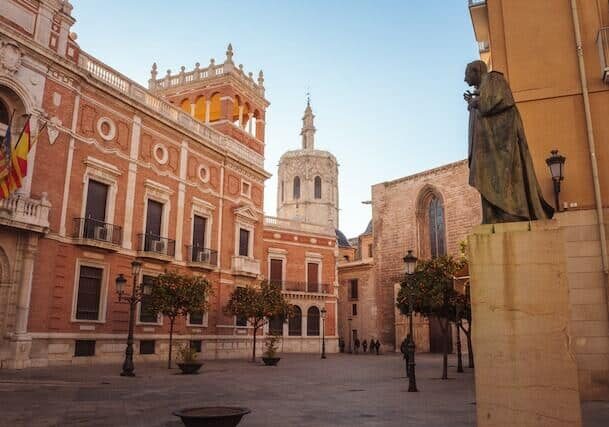
The Oceanarium’s innovative design includes an underwater tunnel that allows visitors to walk through a 360-degree view of oceanic environments, providing a mesmerizing experience as sea creatures glide overhead.
With its educational exhibits and engaging shows, the Oceanarium in Valencia not only entertains but also raises awareness about marine conservation. A visit to this extraordinary attraction in Valencia offers a unique opportunity to explore and appreciate the beauty and diversity of ocean life in a truly spectacular setting.
2. Royal Palace of Madrid (Palacio Real de Madrid)
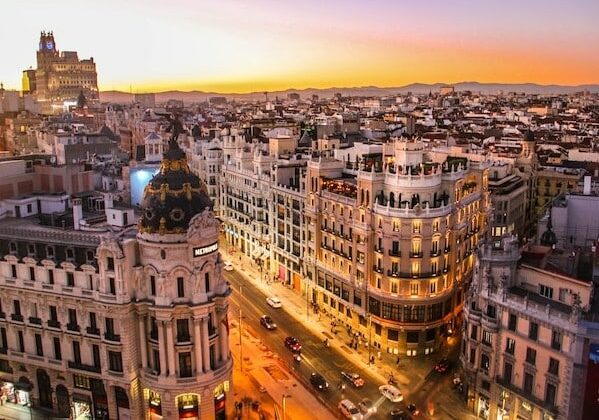
The Royal Palace in Madrid is the largest in Europe by floor area, with over 3,400 rooms. You can explore a selection of these rooms, each more opulent than the last.
The palace also boasts an impressive collection of art, including works by Caravaggio, Velázquez, and Goya.
3. Park Güell, Barcelona
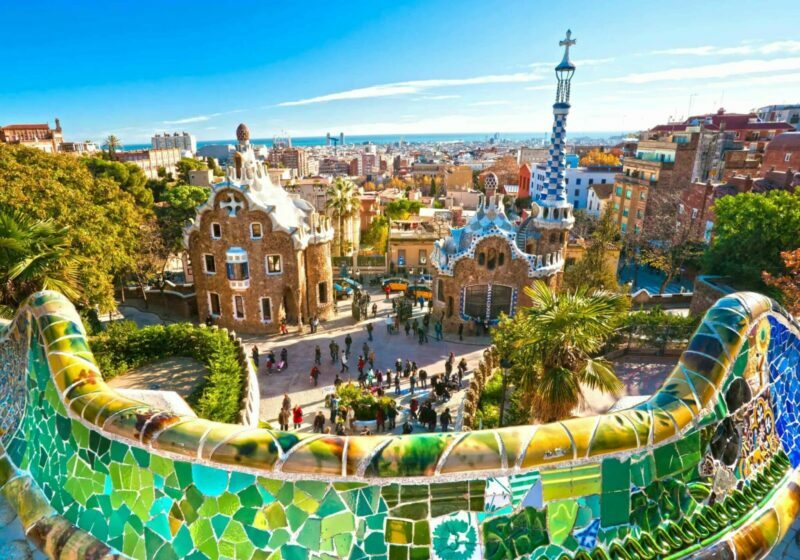
Today, Park Güell is one of the most popular attractions in Barcelona, known for its colorful mosaics, unique architectural features, and stunning views of the city. If you didn’t have an opportunity to walk the lovely park of Güell, you shouldn’t miss out on the wonders it offers. It’s great to visit it early in the morning since that is when there aren’t that many crowds.
It’s best to avoid using a car in Barcelona, and use public transportation to reach Park Güell.
4. Alhambra, Granada
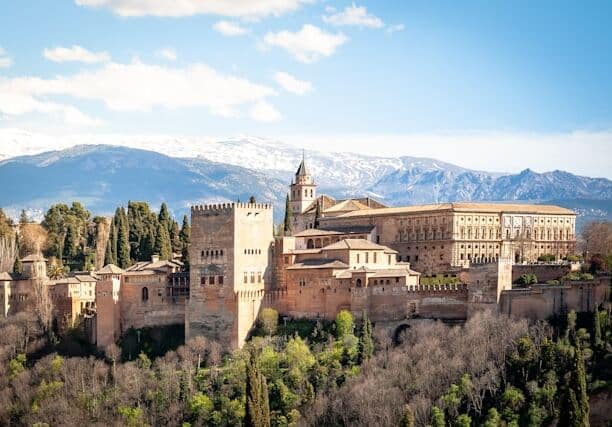
The complex of Alhambra in Granada is divided into four main sections: the Nasrid Palaces, the Alcazaba (the fortress), the Generalife (the royal gardens), and the Palace of Charles V. The Nasrid Palaces are the most famous part of the Alhambra, known for their intricate tilework, ornate stucco decorations, and stunning courtyards, such as the Court of the Lions.
5. Castile la Mancha, Central Spain
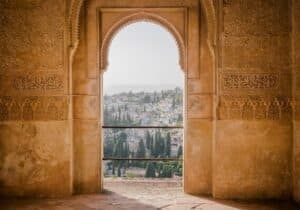
The region’s landscapes are diverse, ranging from the rugged hills of the Montes de Toledo to the fertile fields of La Mancha, making it a perfect destination in Spain for nature enthusiasts and history buffs alike. Castile-La Mancha is also home to several UNESCO World Heritage sites, including the historic city of Toledo, with its stunning mix of Christian, Muslim, and Jewish architecture.
6. Canary Islands, Southern Spain
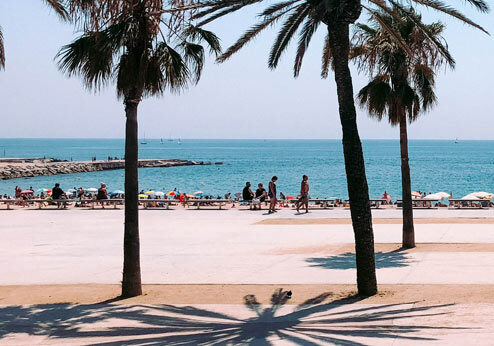
From the dramatic volcanic terrains of Tenerife and Lanzarote to the pristine beaches of Fuerteventura and Gran Canaria, the Canary Islands provide endless opportunities for adventure and relaxation in Spain. Whether you’re exploring the otherworldly landscapes of Timanfaya National Park, soaking up the sun on golden sandy beaches, or enjoying vibrant local festivals, the Canary Islands promise a rich and varied experience.
7. Seville Cathedral and the Giralda

The interior of the cathedral is equally magnificent, with its vast nave, towering columns, and intricate altarpiece. The cathedral is also home to the tomb of Christopher Columbus, which is held aloft by four figures representing the kingdoms of Spain.
8. Prado Museum, Madrid
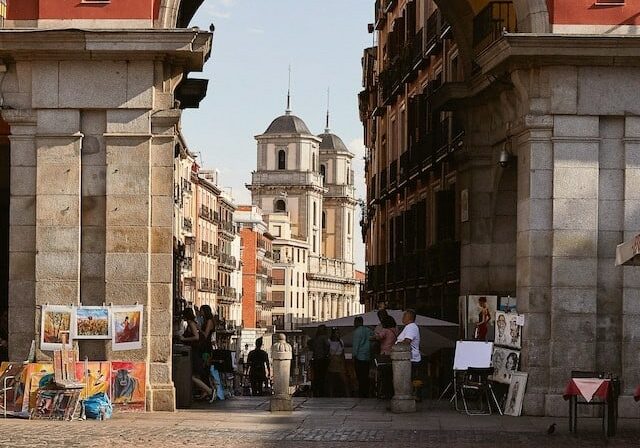
One of the highlights of the Prado is Velázquez’s “Las Meninas,” a complex and enigmatic painting that has fascinated art lovers for centuries. Other must-see works include Goya’s “The Third of May 1808,” El Greco’s “The Adoration of the Shepherds,” and not to mention Bosch’s “The Garden of Earthly Delights.”
9. La Rioja, northern Spain
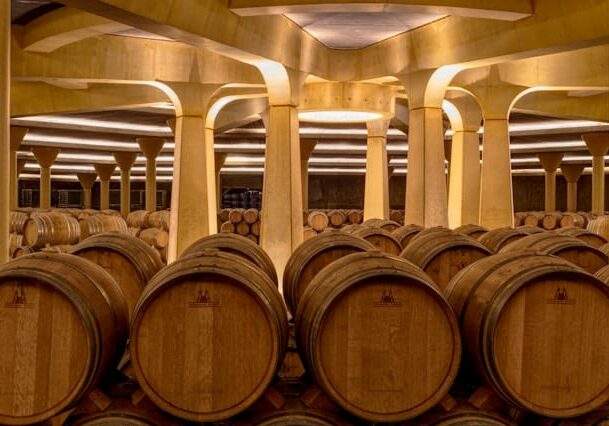
Beyond its vinous delights, La Rioja boasts stunning landscapes, from rolling vineyards to the dramatic peaks of the Sierra de la Demanda, making it perfect for hiking and outdoor adventures.
The region is also steeped in history, with charming medieval villages, ancient monasteries, and the historic Camino de Santiago pilgrimage route passing through its valleys. Whether you’re sipping a glass of Tempranillo in a sun-drenched vineyard or exploring the rich cultural heritage of the area, La Rioja promises an unforgettable Spanish experience.
10. Plaza Mayor, Madrid
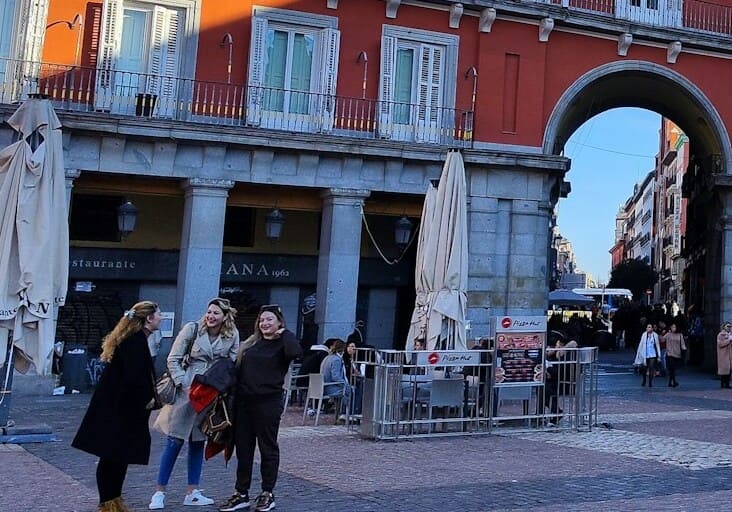
The Plaza Mayor is surrounded by elegant, red-brick buildings with balconies that overlook the square. The square has been the site of many important events in Spanish history, including royal coronations, bullfights, and public executions.
Today, the Plaza Mayor is a popular gathering place for both locals and tourists. The square is lined with cafes and restaurants where you can eat a meal or a drink while watching the world go by. This square in Spain is also home to a number of shops and market stalls, making it a great place to pick up souvenirs.
11. Cathedral of Pamplona, Pamplona
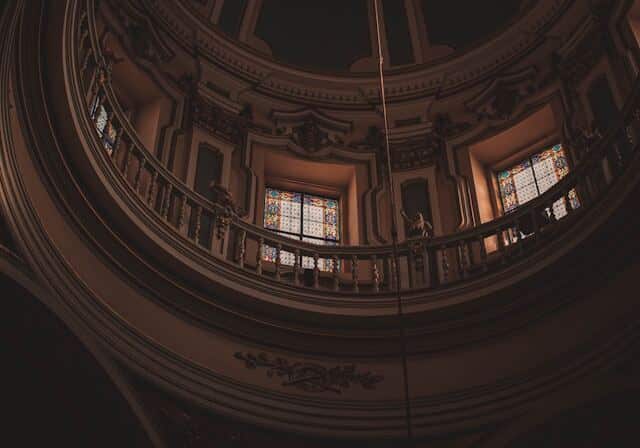
You are greeted by a grand entrance leading to an elegant nave adorned with elaborate chapels and a serene cloister that provides a peaceful retreat from the city’s bustle. This cathedral in Spain also houses significant religious artifacts and offers insights into the history of Pamplona you shouldn’t miss. Exploring the Cathedral of Pamplona allows visitors to appreciate its architectural splendor and its role as a cornerstone of the city’s historical and spiritual legacy.
12. Teide National Park

You can visit a vast, lunar-like terrain of ancient lava flows, rugged rock formations, and endemic flora that thrive in this unique volcanic environment in this national park. This national park provides an unforgettable experience that showcases the raw beauty and geological wonders of the Canary Islands.
13. La Concha Beach, San Sebastián

La Concha Beach is surrounded by a beautiful promenade that is lined with elegant buildings, cafes, and restaurants. The beach is also close to some of San Sebastián’s most iconic landmarks, including the Monte Urgull and the Peine del Viento sculptures by Eduardo Chillida.
14. The Balearic Islands, Southern Spain
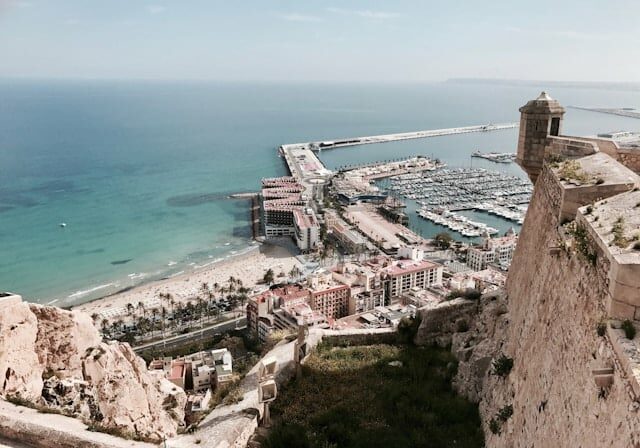
Comprising Mallorca, Menorca, Ibiza, and Formentera, each island offers its own unique charm. From the lively nightlife and cultural richness of Ibiza to the serene beaches and turquoise waters of Formentera, the Balearics cater to all kinds of travelers.
Mallorca boasts picturesque coastal villages, rugged mountains, and historic sites, while Menorca is a haven for those seeking tranquility and unspoiled landscapes. With its sunny climate, crystal-clear waters, and diverse attractions, the Balearic Islands promise an unforgettable Mediterranean escape.
15. Alcázar of Seville, Seville
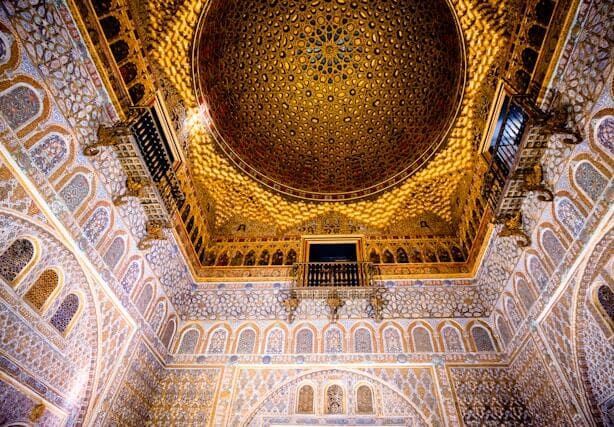
The Alcázar is divided into several sections, including the Patio de las Doncellas, the Salón de Embajadores, and the gardens. The gardens are a highlight of the palace, with their beautiful fountains, ponds, and lush greenery.
16. La Tomatina Festival, Buñol
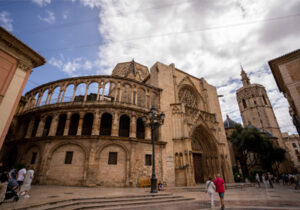
Participants gather at this festival to throw overripe tomatoes at each other, creating a chaotic and fun atmosphere. Spaniards believe that the festival originated in the 1940s and has since become one of Spain’s most famous cultural events. If you come to Spain, you can’t miss this unique festival!
17. Casa Batlló, Barcelona
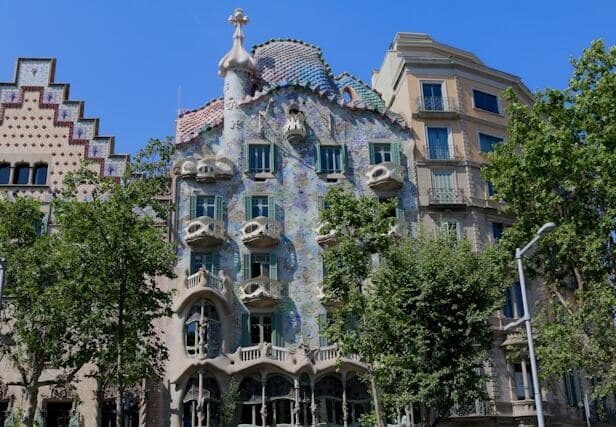
This Spanish building is known for its whimsical design, with its undulating facade, colorful mosaics, and organic shapes.
Casa Batlló was originally built in 1877 and was renovated by Gaudí in 1904. The building’s interior is just as impressive as its exterior, with its flowing lines, stained glass windows, and unique use of light and color.
18. Santiago de Compostela Cathedral as a part of Camino de Santiago

Most Spanish people start the route on the French border in the Pyrenees. The Spanish cathedral is located in the city of Santiago de Compostela, in the region of Galicia.
The interior of the cathedral is equally impressive, with its ornate altarpiece, the crypt of Saint James, and Botafumeiro, a giant thurible that swings across the nave.
19. Picos de Europa National Park
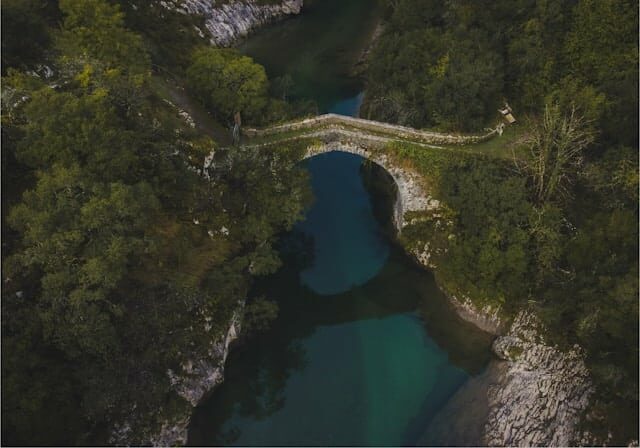
The park is home to a diverse range of life, including wolves, bears, and eagles. You can explore the park’s many hiking trails, which offer breathtaking views of the surrounding mountains and valleys.
While in the region, this is a great opportunity to visit the city of Salamanca, which features the oldest university in Spain—University of Salamanca.
20. Mirador del Valle, Toledo
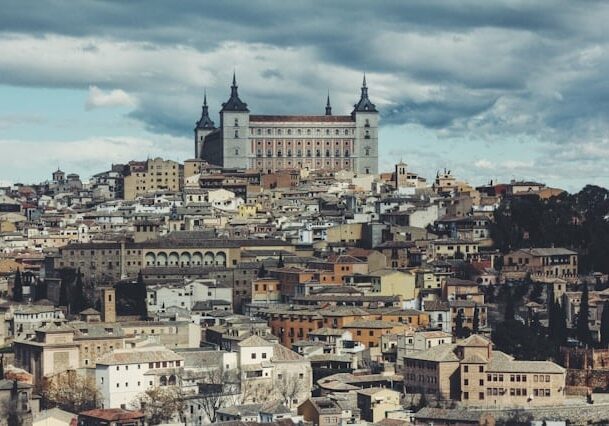
Perched on the hills across the Tagus River, the viewpoint provides a stunning, sweeping vista of Toledo’s medieval skyline, with its iconic landmarks like the Alcázar, the Toledo Cathedral, and the winding river below.
Spaniards love this place since it’s a great spot to appreciate Toledo’s rich history and is perfect for a day trip.
Frequently Asked Questions about Things to Do in Spain
What Is the #1 Attraction in Spain?
La Sagrada Familia is the number one attraction in Spain due to its stunning architectural design by Antoni Gaudí and its status as a UNESCO World Heritage site. This sight attracts the most visitors in Spain.
This iconic basilica in Barcelona captivates visitors with its intricate facades, towering spires, and breathtaking interior, combining Gothic and Art Nouveau elements.
Its ongoing construction, unique history, and profound cultural significance draw millions annually, making it a must-visit landmark and a symbol of Spain’s rich architectural heritage.
What Are Three Things Spain Is Known for?
Spain is best known for its art, cuisine, and stunning beaches. It’s highly recommended you take your time to enjoy each of those things since you’ll come back from your trip to Spain enriched.
In Spain, make sure to visit a paella restaurant, and finally eat one of the most iconic meals all Europeans crave for.
It’s important to note that not all Spanish cities have beaches, and if that’s your priority, make sure to make arrangements for a coastal town.
What's the prettiest place in Spain?
Not all people agree on what exactly is the prettiest place in Spain, as many have different preferences.
Madrid and Barcelona are great if you want to explore the rush of a big Spanish city and see as many cultural sights as you can.
On the other hand, Spanish islands are great if you want to enjoy peace and quiet.


